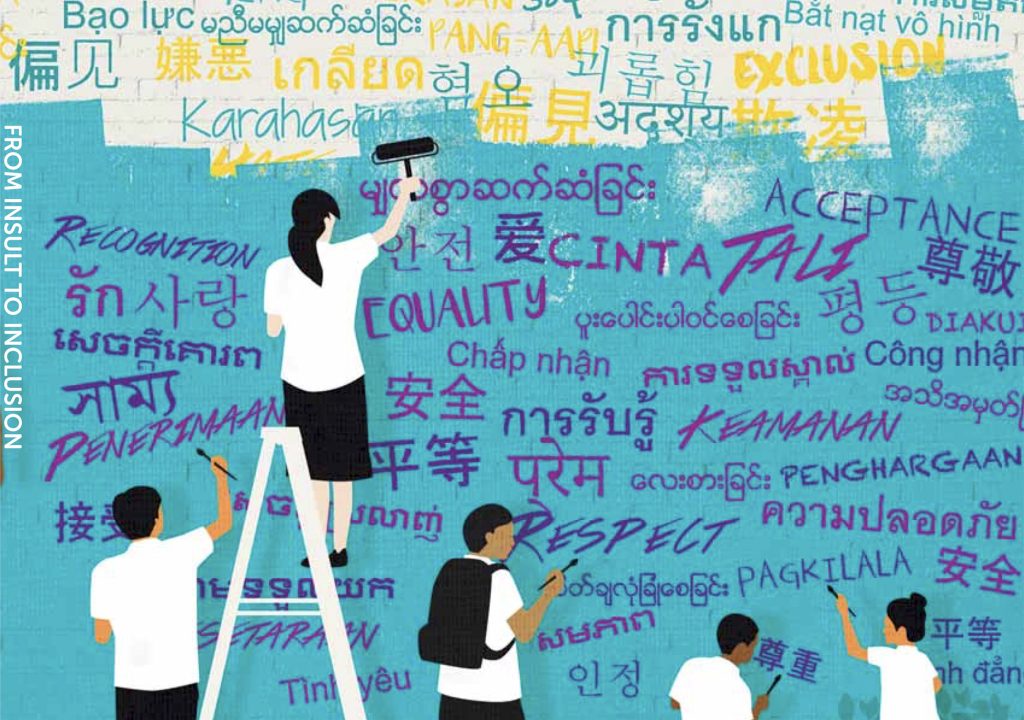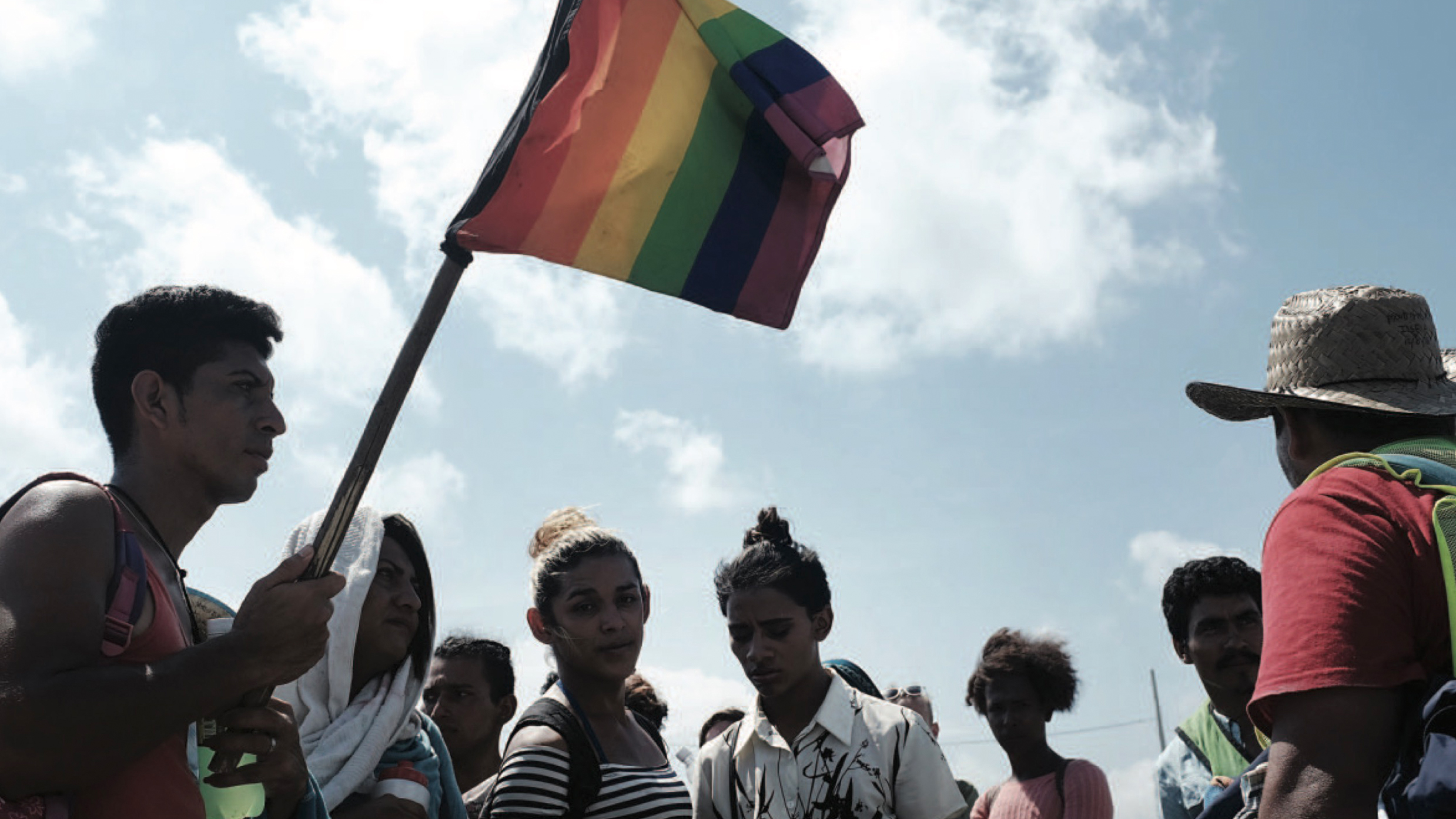
Around the world, lesbian, gay, bisexual, transgender, queer, and intersex people (LGBTQI+) experience high rates of violence, often starting early in life. LGBTQI+ people with intersecting inequalities, including race and ethnicity, Indigenous status, disability, and living with HIV, are even more vulnerable to violence.
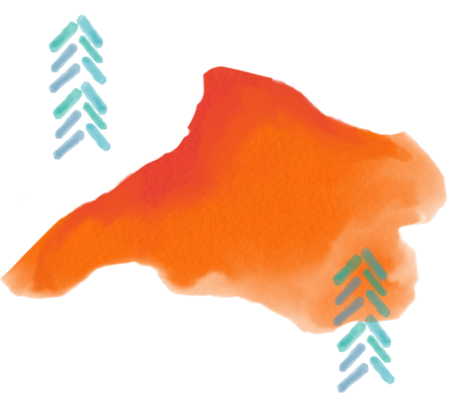
LGBTQI+ people are vulnerable to diverse experiences of violence, including physical assault, torture, threats, bullying, verbal harassment, targeted killing, ‘corrective’ rape and other forms of sexual violence. This violence takes place at home, in communities, in faith institutions, in educational settings, and in the workplace. LGBTQI+ people experience high levels of intimate partner violence (IPV) in same-sex and opposite-sex relationships, including in forced marriages.

Many countries criminalise same-sex sexual acts and restrict gender diversity. LGBTQI+ people often face unequal access to resources and services, including health care, education, housing, employment, and legal redress, which heightens their vulnerabilities to violence. They also often experience challenges accessing supportive violence response services. Perpetrators of IPV may draw on the social marginalisation and vulnerabilities of LGBTQI+ people to assert control, for example, by threatening to “out” them.
The majority of IPV interventions focus on heterosexual, cisgender couples, and there is a lack of funding for and evaluations of initiatives to prevent violence against LGBTQI+ people. Yet, important considerations are emerging from efforts to prevent violence against LGBTQI+ people, including:
- Employ context-specific approaches as each country and LGBTQI+ movement has different opportunities and barriers to address violence
- Additional safety measures may be needed such as confidentiality in contexts with legal sanctions and social risks for LGBTQI+ individuals
- Challenging prejudicial attitudes towards LGBTQI+ people and transforming harmful gender norms is key to prevent violence against this population and for broader gender equality
- Like other forms of violence, it is important to address risks for violence against LGBTQI+ people across the socio-ecological model to prevent violence
“WITHOUT ADDRESSING AND TRANSFORMING THE GENDERED STRUCTURAL INEQUALITIES THAT CONTINUE TO OPPRESS AND DISADVANTAGE WOMEN, PREVENTING VIOLENCE AGAINST WOMEN AND LGBTI PEOPLE WILL REMAIN ELUSIVE.”
OUR WATCH, 2017
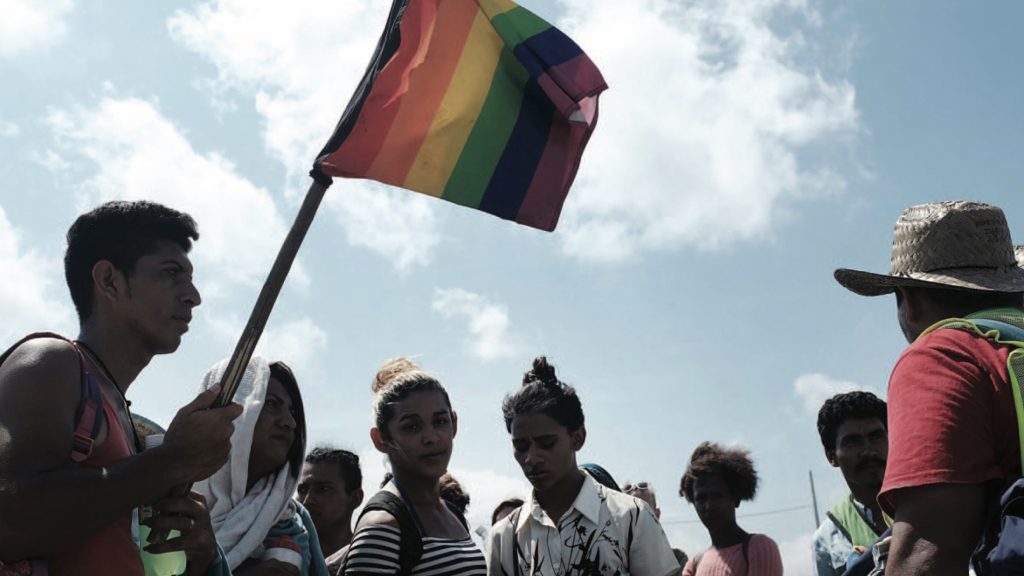
Ending Violence Against LGBTQI+ People
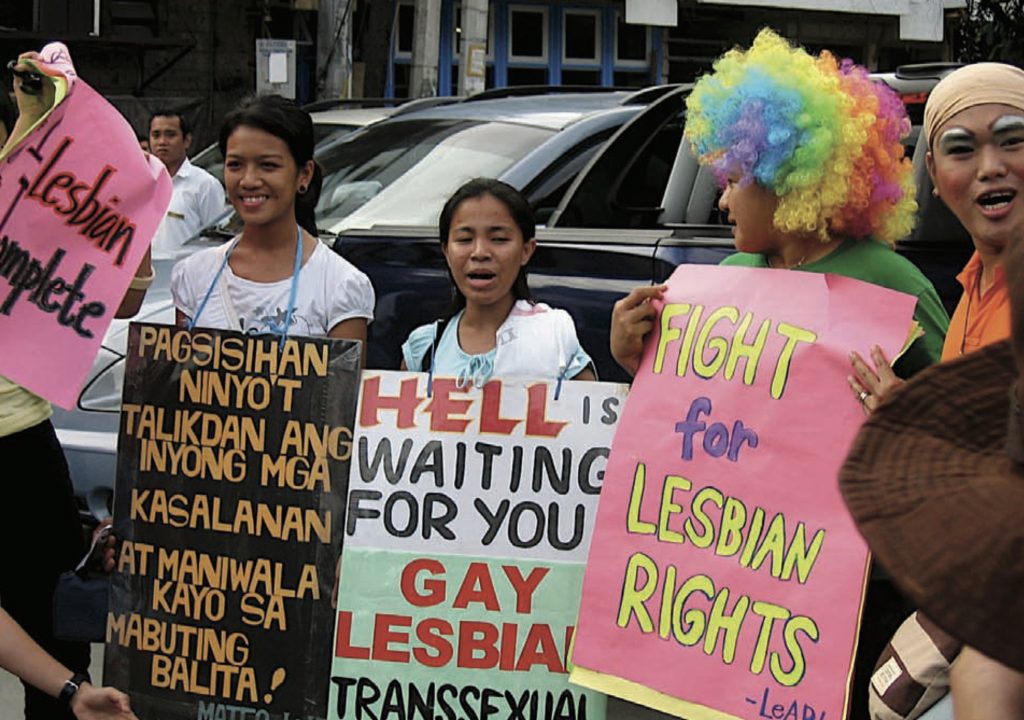
Experience of and factors associated with violence against sexual and gender minorities in nine African countries: a cross-sectional study
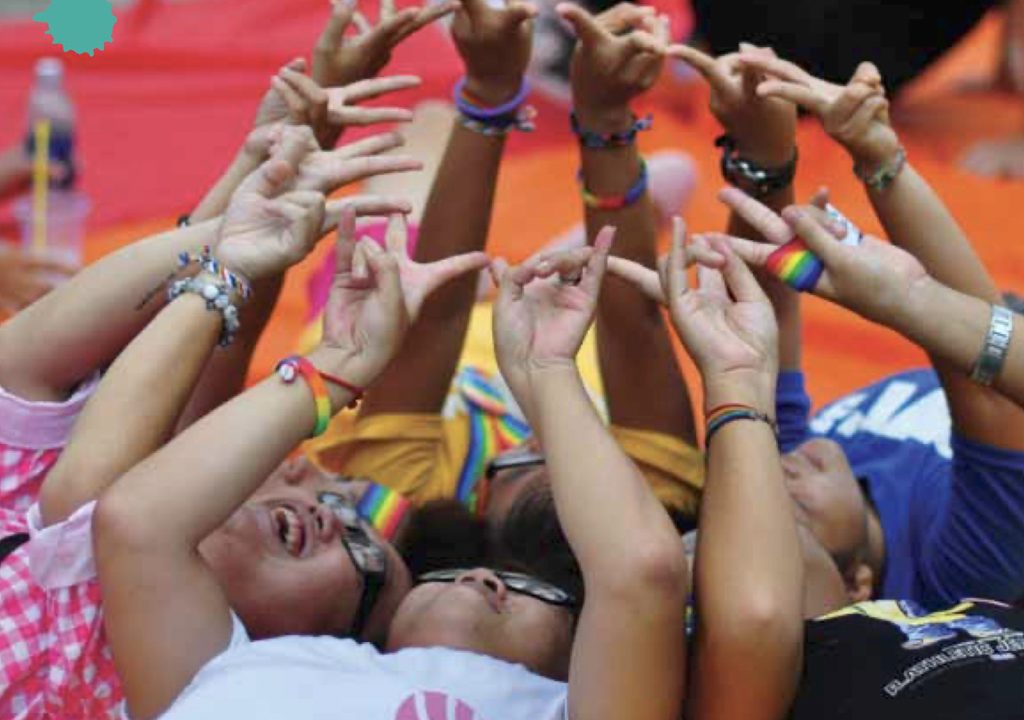
Primary prevention of family violence against people from LGBTI communities
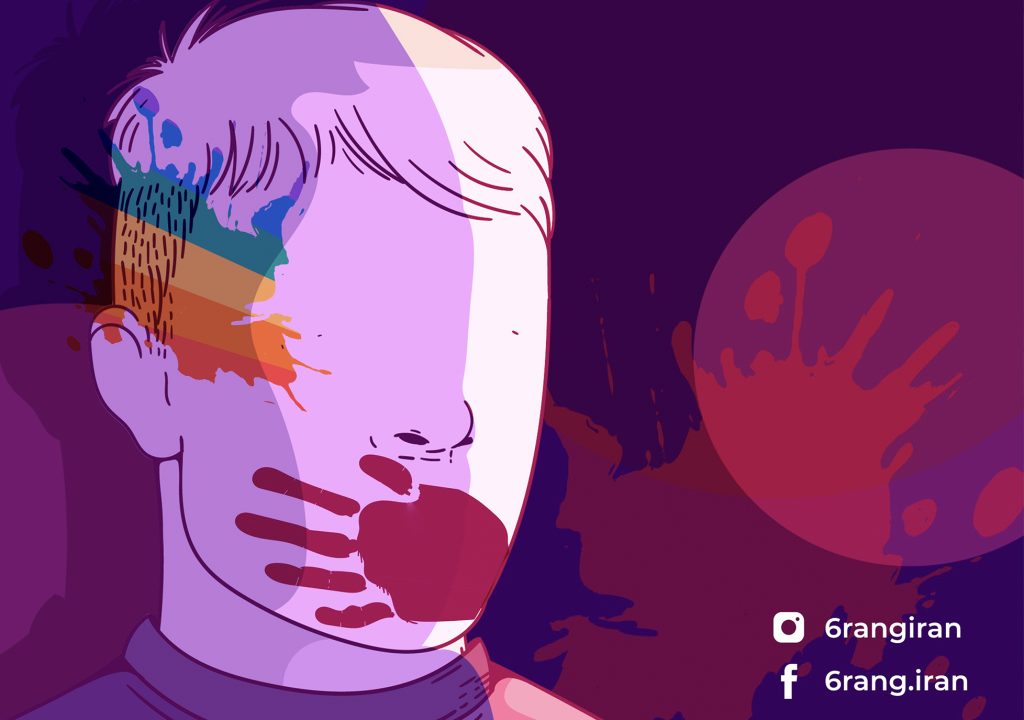
Intimate partner violence and sexual abuse amongst LGBT people: A review of existing research
